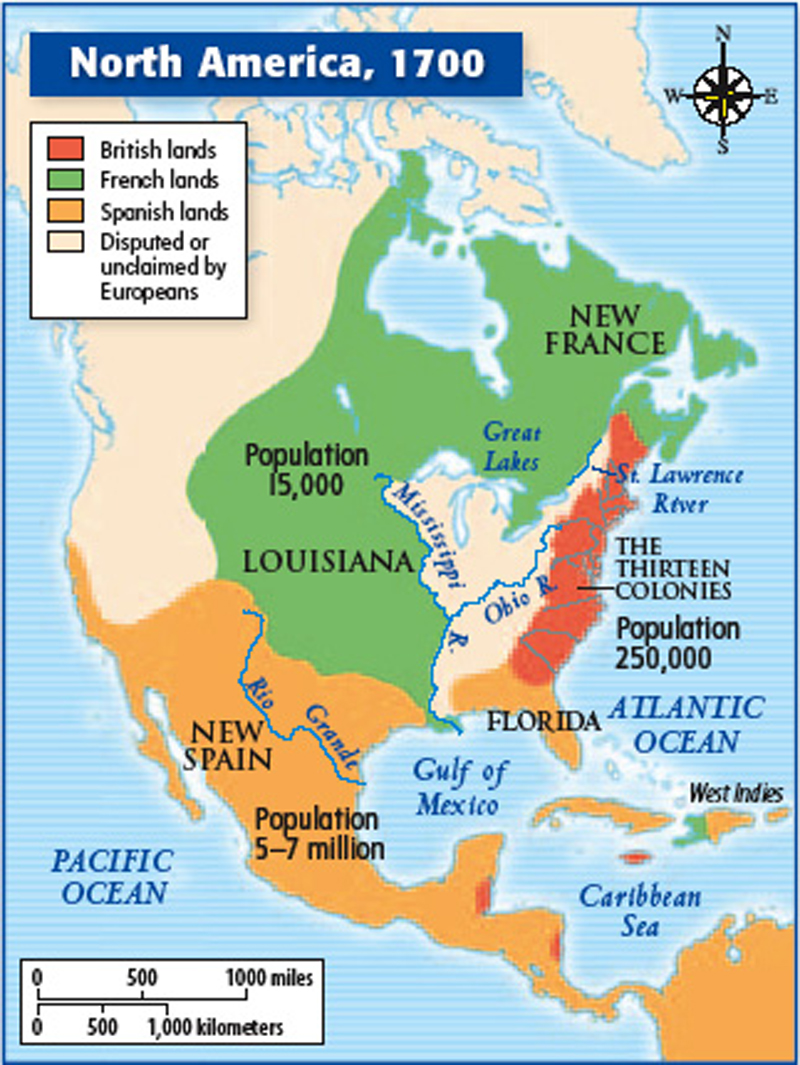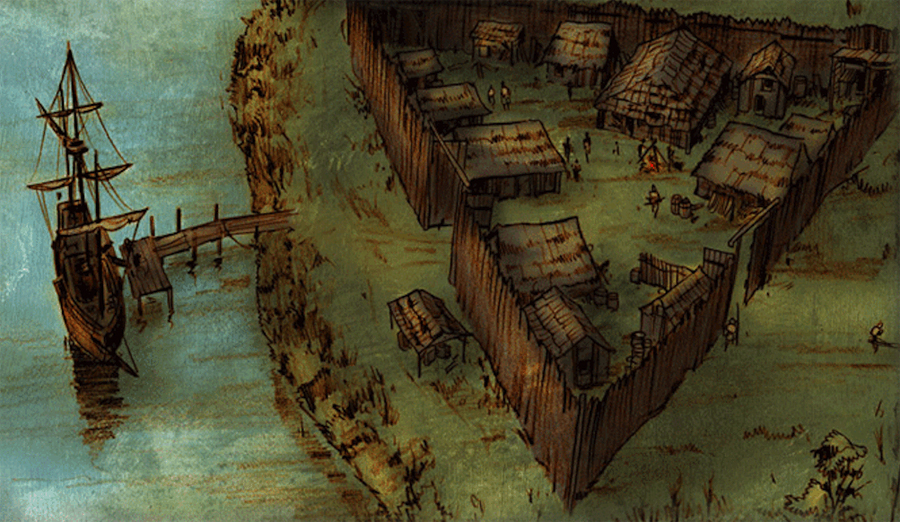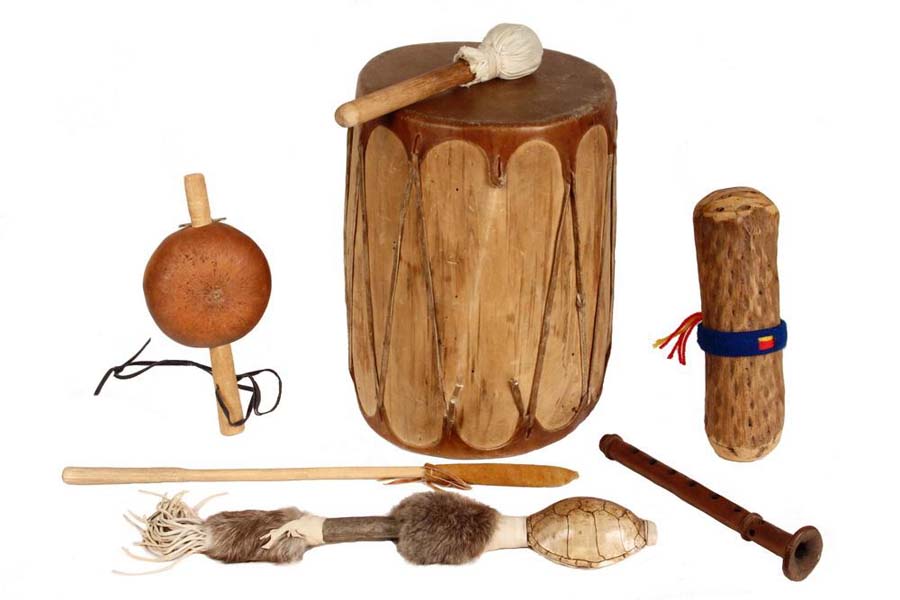The English established colonies on the Atlantic and North Pacific coast of North America. English colony was founded on the success of commerical tobacco farming dating back to the 17th century when the first crop was planted. The industry originated in the production of tobacco for pipes and snuff. Economic opportunity was one of the main reasons people came to the New World.
France settled in Quebec and claimed other parts of central United States.
After some early trading expeditions, the Dutch first settlement in the Americas was founded in 1615 as Fort Nassau, on Castle Island on the Hudson. The settlement served mostly as an outpost for trading in fur with the native Lenape tribes people.
Fort Nassau & map – Lenape Indian – Fur trading
The Netherlands built a settlement, New Amsterdam now called New York. They also started colonies on some Caribbean islands and parts of northern South America.
Netherlands New Amsterdam ( New York)
Native Americans fought just as hard to keep their homeland as did the people that were trying to take it away from them. The European colonists massacred the indigenous tribes and enslaved them. And later, the North American Indian Wars of the19th century, killed 19,000 whites and over 30,000 Native Americans.
European colonists enslaved Native Americans
Late in the Archaic period about 4,000 years ago, Native American in the north began to shift from hunter gathers to farming communities that began the small-scale felling of trees. Archaic Indians began using fire in a controlled manner for clearing more land for farming. The deliberate burning of undergrowth was used like the effects of natural fires that tended to clear away forest and expose the bare soil. This made herbs and berry-producing plants that were important for food and medicine grow much quicker. The cleared land made traveling easier to get around. Pottery was becoming common and it became a way of dating archaeological finds.
Archaic Indians began farming and making pottery
When Europeans reached the Mississippi River valley they discovered the last major prehistoric cultural development in North America that was still in existence from 700 AD, where arranged burning had cleared land for agriculture which included nut and fruit trees.
Choctaw Indian encampment – Native American settlement on the Mississippi River
Domesticated wild crops by the Native Americans are still cultivated in modern times such as, squash, pumpkins, zucchini, acorn squash, butternut squash, the pinto bean, and maize or “corn” the most important crop in the world. Indigenous Americans produced, several verities of beans, tomatoes, potatoes avocados, peanuts, cocoa beans used to make chocolate, vanilla, strawberries, pineapples. The planted several verities of peppers, bell, Jalapenos, and paprika and chili peppers. Native Americans roosted sunflower seeds, made rubber, grew tobacco, and some types of cotton.
These three crops were grown together, with the pole beans using the stalk of the corn for support, and the squash protecting the soil from weeds.
The Menominee and Peuple Indian tribes of Michigan and Wisconsin held a longstanding “sacred values” about hunting and fishing. They only took what they needed at the time, always giving thanks and prayers to mother earth for the rivers bountiful catch.
Peuple tribe – Menominee tribe family winter home
Native American peoples that were isolated developed similar skills and a communal society even though some tribes never made contact with each other.
Native American survival skills
Native American Indians of the northern great plains shared the behaviors of roaming hunter-gathers that wandered after the great herds of buffalo. The nation’s buffalo almost became extinction by government encouraged mass killings.
Native American staple foods – buffalo roamed wild – cleaning the hide
North American Indians spoke 56 different languages, and gesture language was highly developed among them. Picture writing on rocks and walls of caves show a concentration between art and storytelling.
North American language – Petroglyphs – White Horse’s winter count
Music was a very important part of Native American culture. The rattles, clapper sticks, and rasps focused on the percussion of the drums, while flutes made of river cane or wood and string bowed instruments all joined in.
Native American musical instruments – flute player – Apache bowed string instrument
Making smoke, the sharing of tobacco, was used to build trust and trade among the tribes. Native Americans advanced in trade, spiritual and communal pecking order. After generations of Metis and Inuit married European colonists a culture was developed of small farmers, hunters and trappers. They were usually Catholic and spoke French.
Algonquin trade with Iroquoise – Metis culture – Inuit culture
The European Canadians encouraged Native Americans abandon their traditional practices and beliefs and conform to conventional European ideas of Canadian culture.
Native Americans in Canada
Indigenous peoples of the Americas were called “Indians” by Columbus when he though he had discovered the East Indies and this became the name of all native peoples. In the 20th century some of these peoples insisted on being identified as “Native Americans and this was approved by the U.S. Census Bureau and additional parts of the government.
Columbus and the Indians – Native American
What is in a name? European colonists often assumed names that some tribes used for each other, not understanding these were insulting names used by adversaries. The Native American name argument is focused on the proper language concerning indigenous persons of the Americas.
Native Americans & Europeans
Identify people with a name can be based on common dialect, region, or historical associations. Earlier explorers like Columbus gave indigenous people they encountered names based on foreign-language terms.
Columbus’ confusion about the New World
Other names were derived from the colonist’s poor attempt to translate the native languages. Negative names occurred through times of struggle among the explorers and the indigenous peoples.
interview with Samoset and the Pilgrims
The pre-Columbian indigenous peoples of Americas, or Native Americans, and their descendants prefer to be addressed as people of their tribe or nations.
Native American tribes
Genetic evidence links indigenous Americans to Asian peoples east of the Yenisei River by distribution of blood types and DNA. Human settlement of the New World took place over 10,000 to 20,000 years period starting along the Bering Sea coast. Some indigenous peoples remained isolated from the time they settled in the region until discovered by old world explorers.
Bering Sea coast settlement
From the time of early colonization of the Americas by Europeans in the 15th century the name Indian was branded on the indigenous people. The U.S. government later gave them the name “Native America.” In 1980 the United States Census Bureau categorized them as “Asian Indian.”
Native Americans
>>to return to previous page – right click on back arrow <<
Word count: 1,091














































